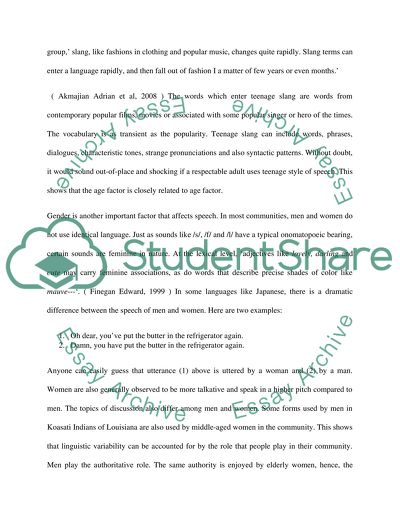Cite this document
(“To what extent do socia factors such as age, gender, social status or Essay”, n.d.)
Retrieved from https://studentshare.org/environmental-studies/1412053-to-what-extent-do-socia-factors-such-as-age-gender
Retrieved from https://studentshare.org/environmental-studies/1412053-to-what-extent-do-socia-factors-such-as-age-gender
(To What Extent Do Socia Factors Such As Age, Gender, Social Status or Essay)
https://studentshare.org/environmental-studies/1412053-to-what-extent-do-socia-factors-such-as-age-gender.
https://studentshare.org/environmental-studies/1412053-to-what-extent-do-socia-factors-such-as-age-gender.
“To What Extent Do Socia Factors Such As Age, Gender, Social Status or Essay”, n.d. https://studentshare.org/environmental-studies/1412053-to-what-extent-do-socia-factors-such-as-age-gender.


